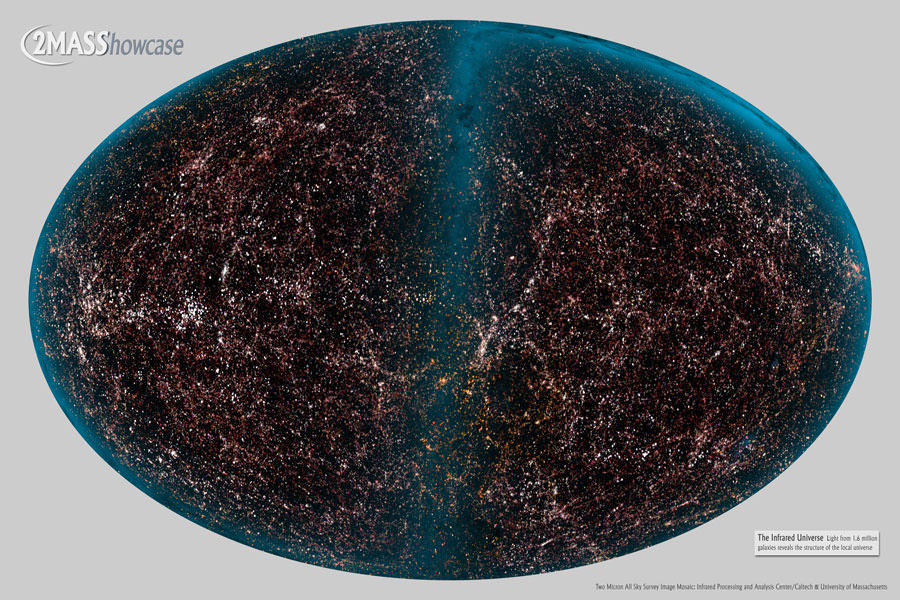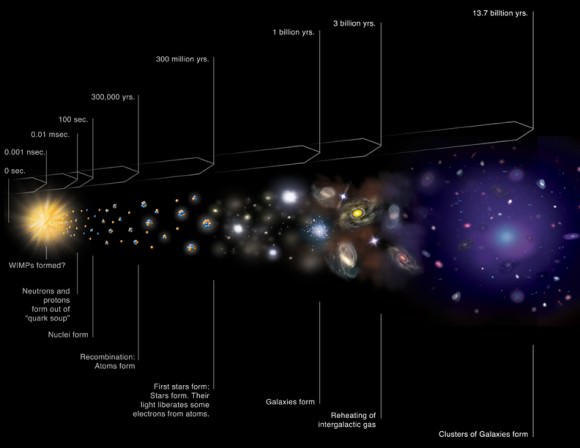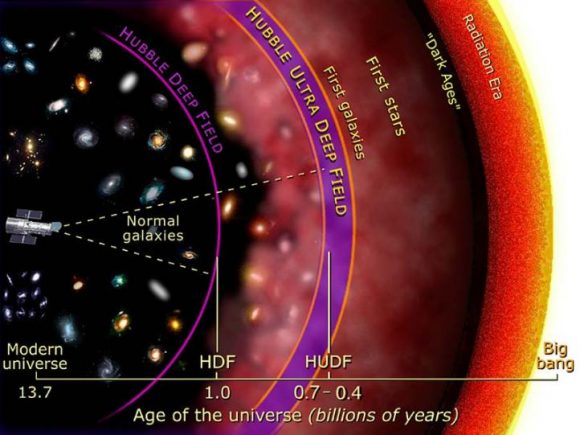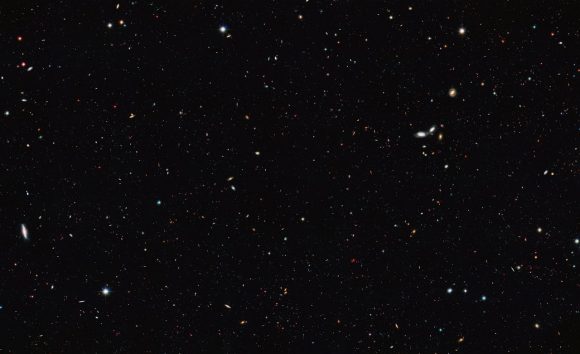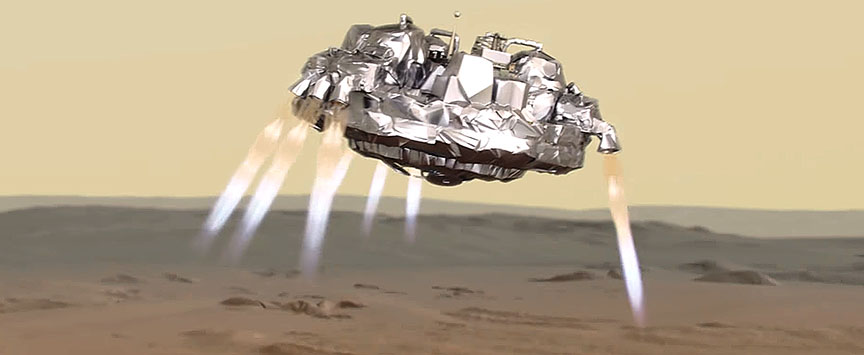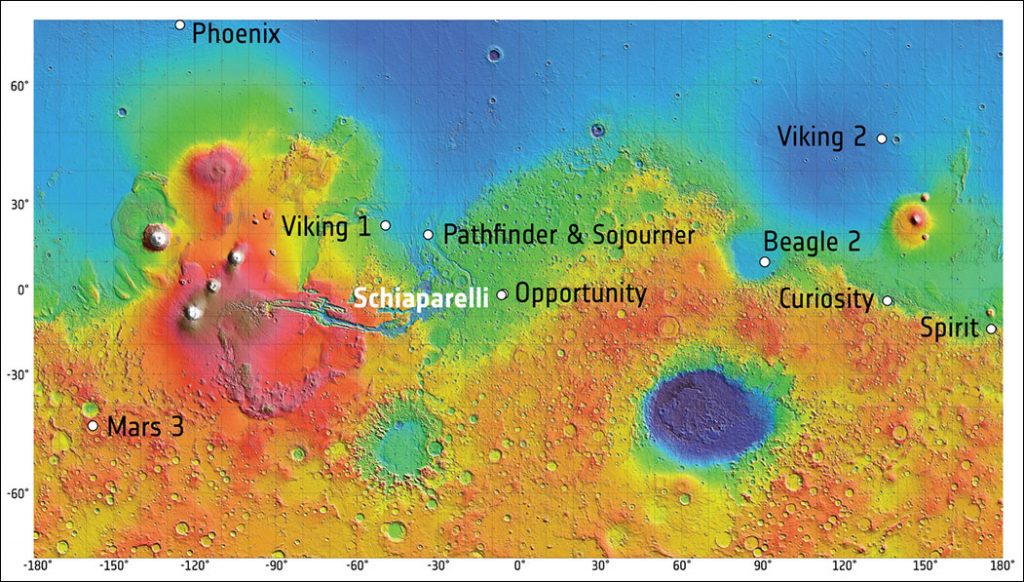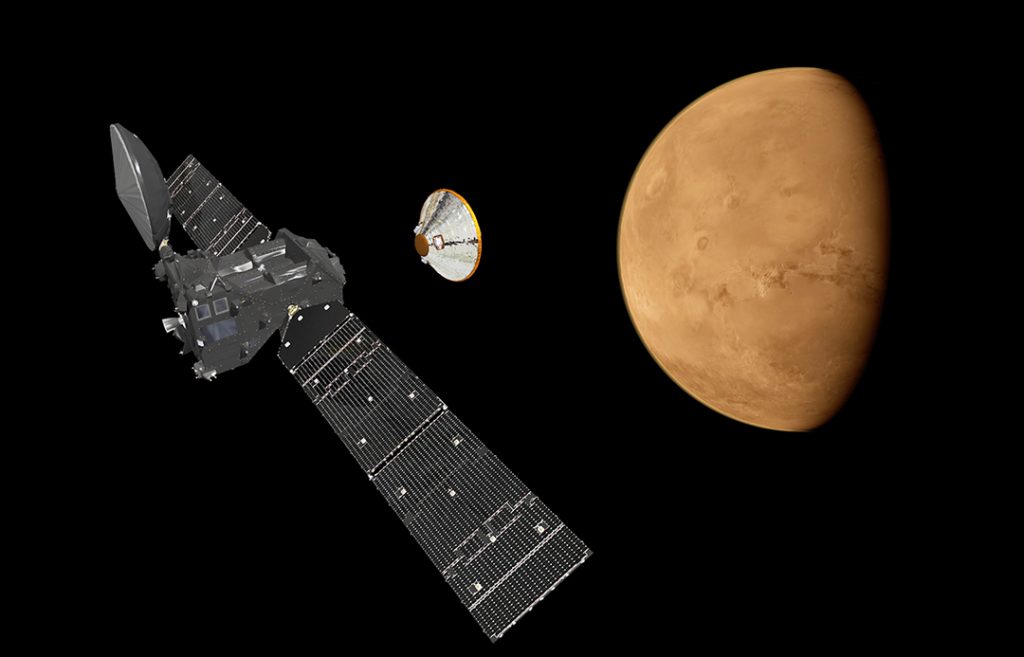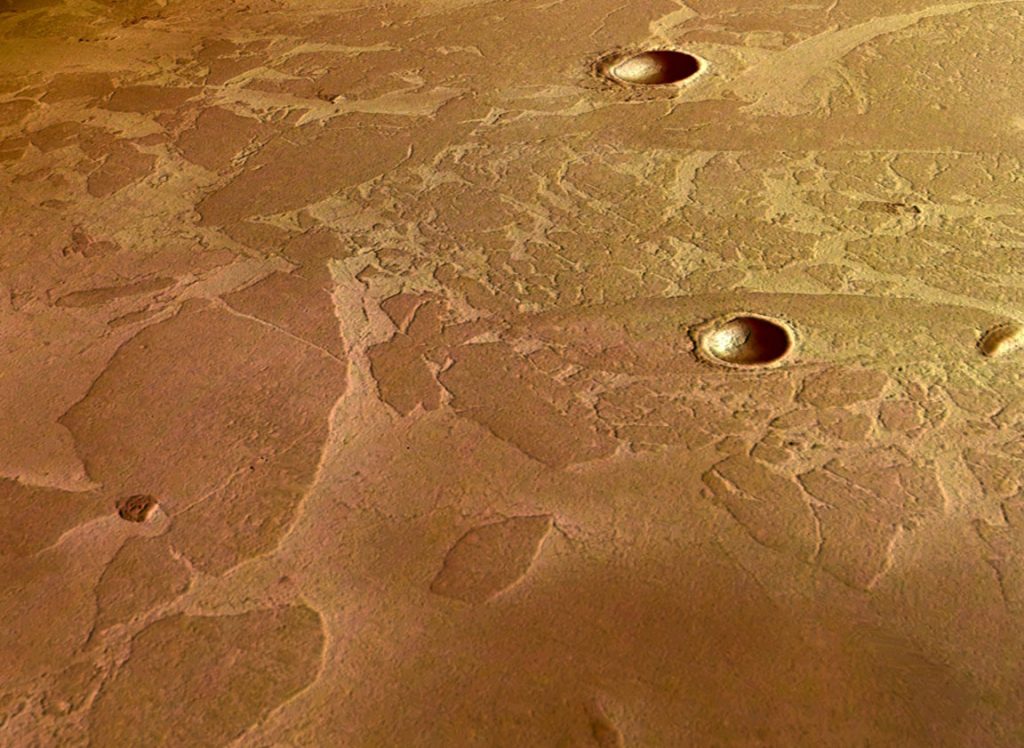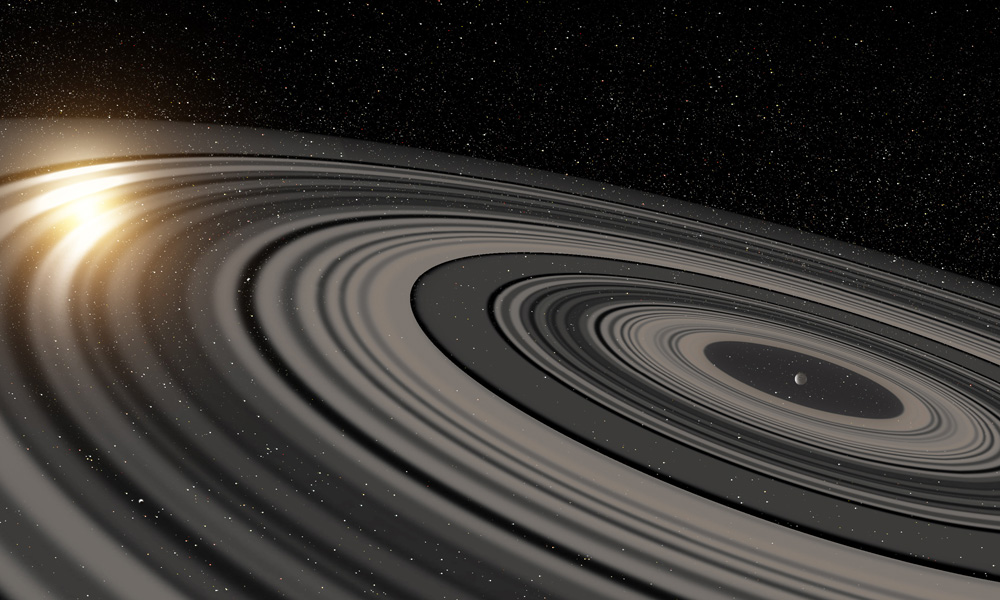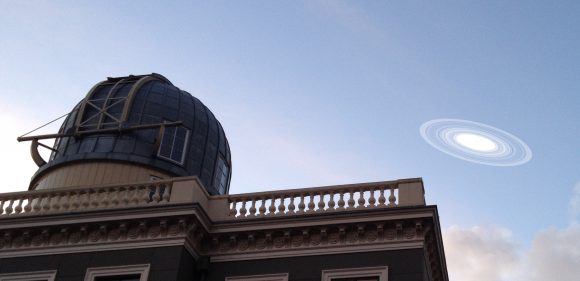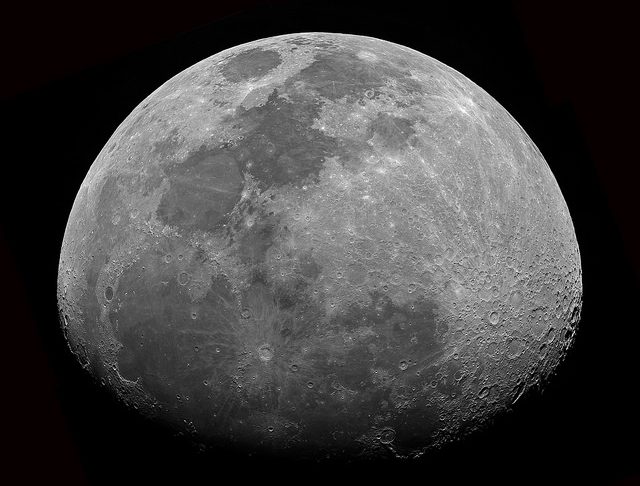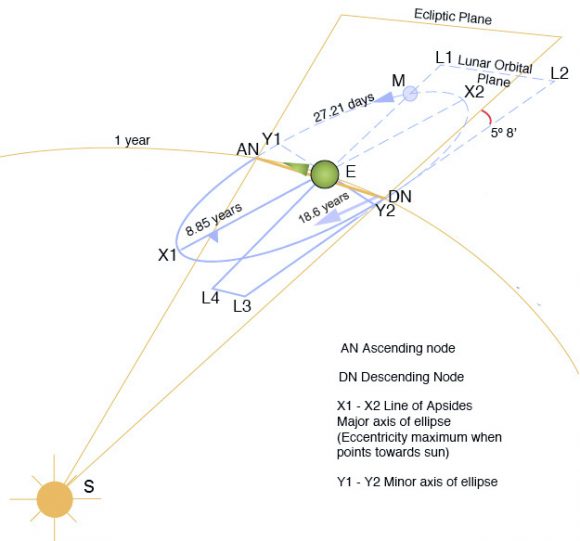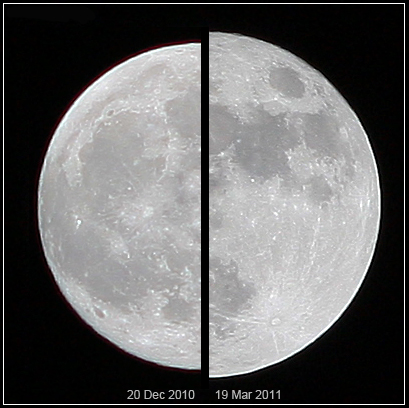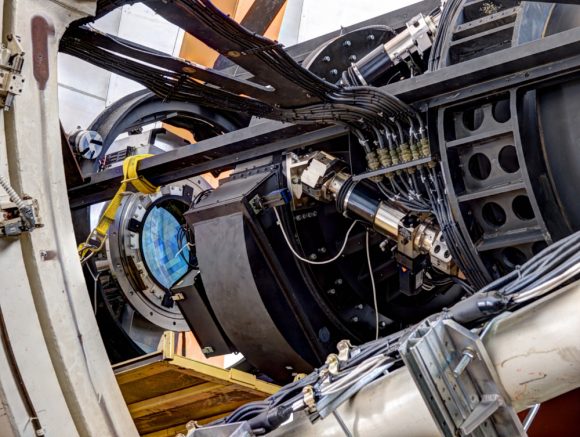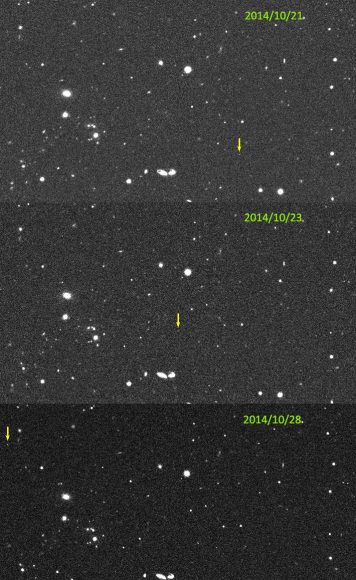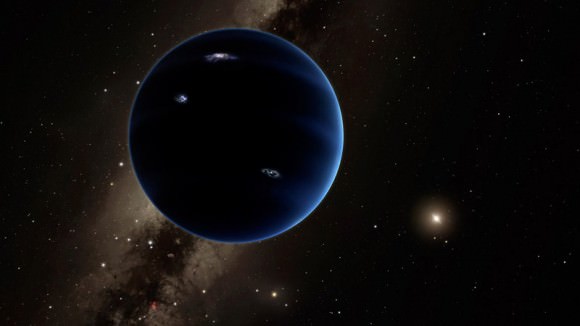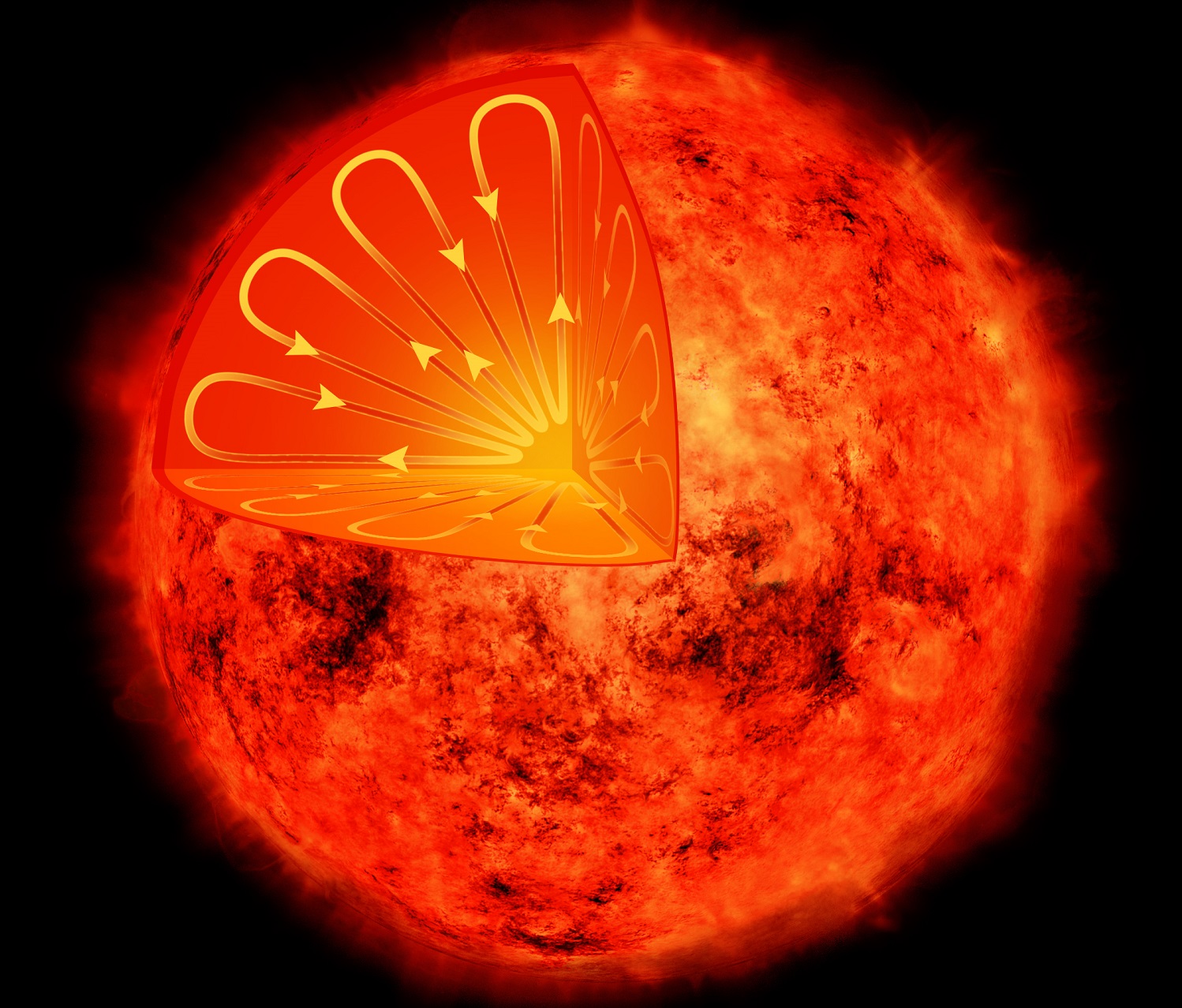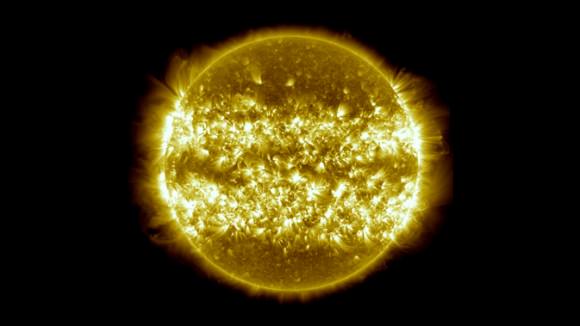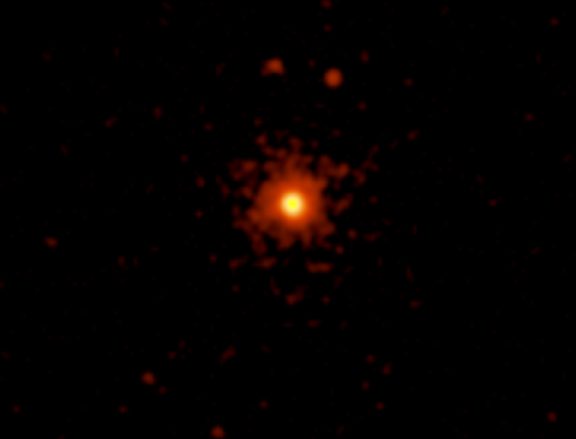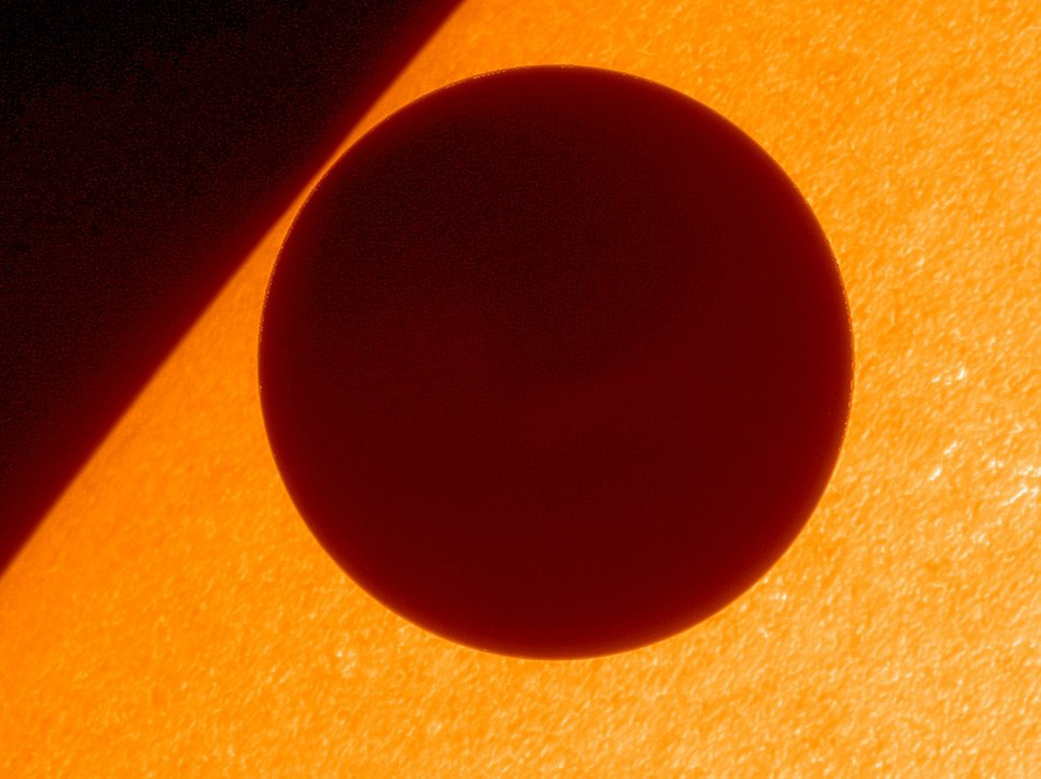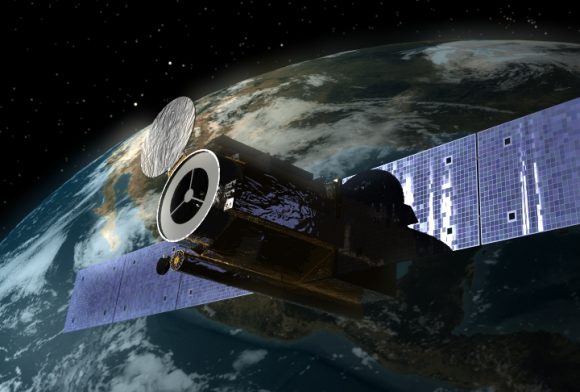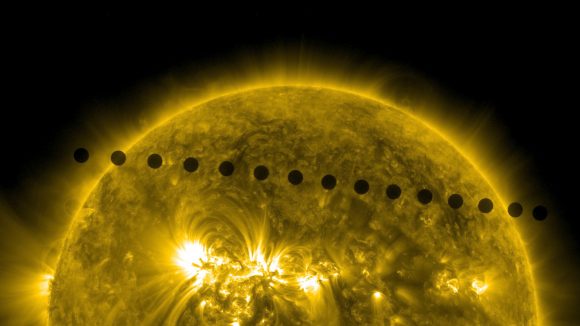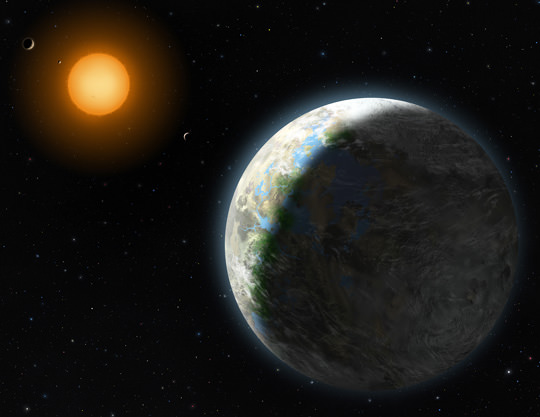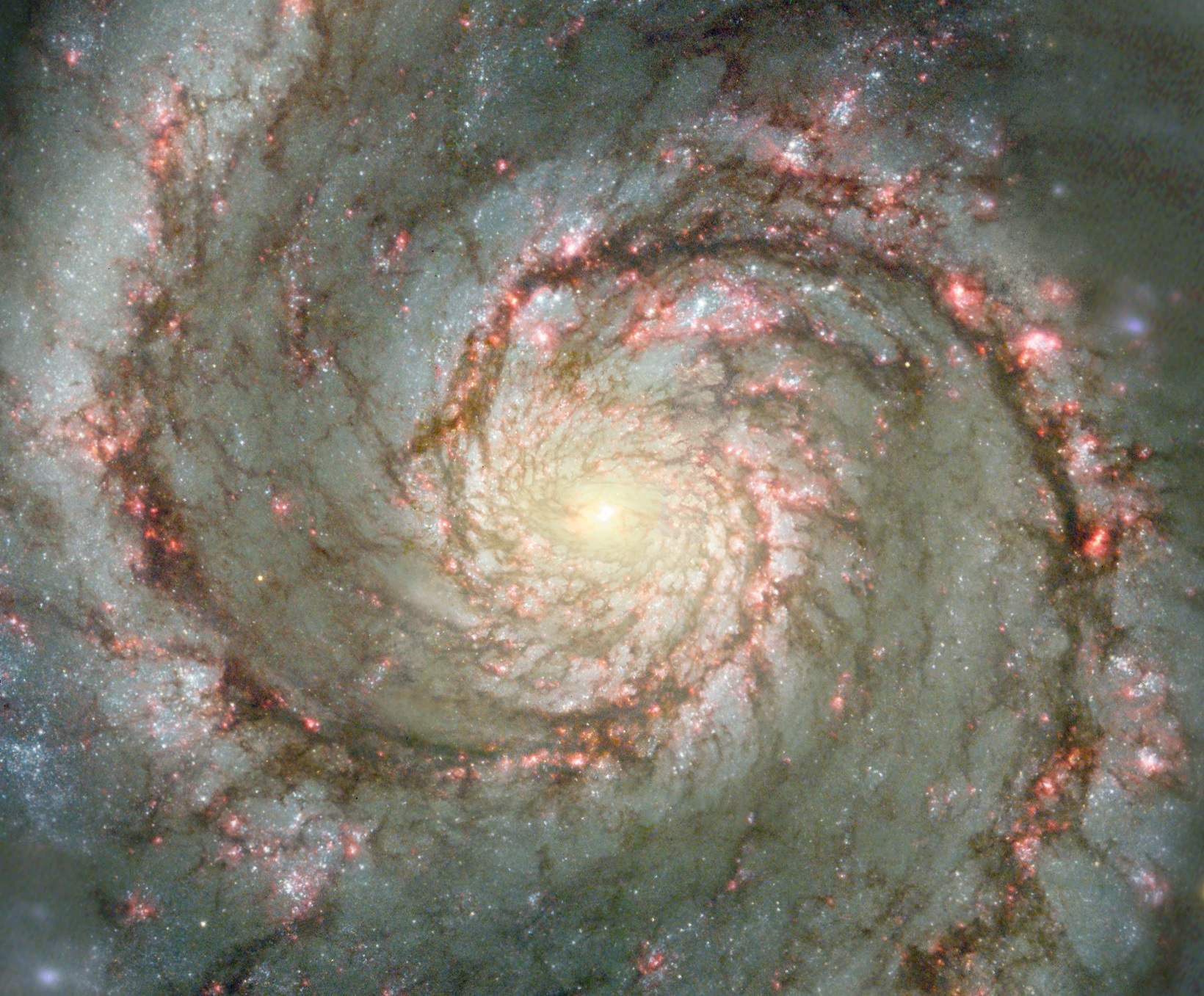In the northern hemisphere of Mars, between the planet’s southern highlands and the northern lowlands, is a hilly region known as Colles Nilli. This boundary-marker is a very prominent feature on Mars, as it is several kilometers in height and surrounded by the remains of ancient glaciers.
And thanks to the Mars Express mission, it now looks like this region is also home to some buried glaciers. Such was the conclusion after the orbiting spacecraft took images that revealed a series of eroded blocks along this boundary, which scientists have deduced are chunks of ice that became buried over time.
The Mars Express images show a plethora of these features along the north-south boundary. They also reveal several features that hint at the presence of buried ice and erosion – such as layered deposits as well as ridges and troughs. Similar features are also found in nearby impact craters. All of these are believed to have been caused by an ancient glacier as it retreated several hundred million years ago.
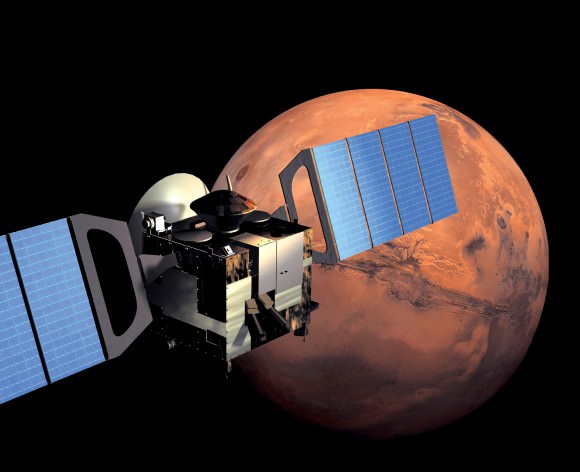
It is further reasoned that these remaining ice deposits were covered by debris that was deposited from the plateau as it eroded. Wind-borne dust was also deposited over time, which is believed to be the result of volcanic activity. This latter source is evidenced by steaks of dark material deposited around the blocks, as well as dark sand dunes spotted within the impact craters.
Similar features are believed to exist within many boundary regions on Mars, and are believed to represent periods of glaciation that took place over the course of eons. And this is not the first time buried glaciers have been spotted on Mars.
For instance, back in 2008, the Mars Reconnaissance Orbiter (MRO) used its ground-penetrating radar to locate water ice under blankets or rocky debris, and at latitudes far lower than any that had been previously identified. At the time, this information shed light on a long-standing mystery about Mars, which was the presence of what are called “aprons”.
These gently-sloping rocky deposit, which are found at the bases of taller features, were first noticed by NASA’s Viking orbiters during the 1970s. A prevailing theory has been that these aprons are the result of rocky debris lubricated by small amounts of ice.
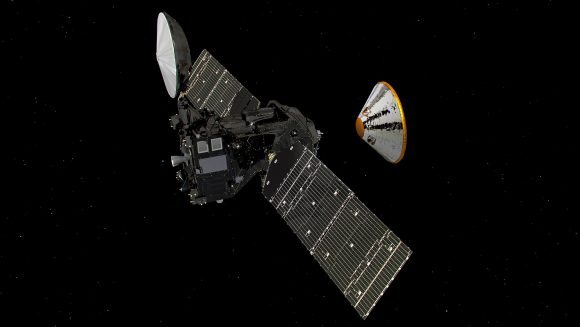
Combined with this latest info taken from the northern hemisphere, it would appear that there is plenty of ice deposits all across the surface of Mars. The presence (and prevalence) of these icy remnants offer insight into Mars’ geological past, which – like Earth – involved some “ice ages”.
The Mars Express mission has been actively surveying the surface of Mars since 2003. On October 19th, it will be playing a vital role as the Exomars mission inserts itself into Martian orbit and the Schiaparelli lander makes its descent and landing on the Martian surface.
Alongside the MRO and the ExoMars Orbiter, it will be monitoring signals from the lander to confirm its safe arrival, and will relay information sent from the surface during the course of its mission.
The ESA will be broadcasting this event live. And given that this mission will be the ESA’s first robotic lander to reach Mars, it should prove to be an exciting event!
Further Reading: ESA


